The air transportation history of London, UK, is a fascinating journey that spans over a century, marked by significant milestones in aviation development.
Vectormap.Net provide you with the most accurate and up-to-date vector maps in Adobe Illustrator, PDF and other formats, designed for editing and printing. Please read the vector map descriptions carefully.
Here’s a detailed overview of key events and developments:
- Early Years (Late 19th Century – Early 20th Century):
- The first recorded powered flight in the London area took place in 1909 when French aviator Louis Paulhan flew a Farman biplane from Wormwood Scrubs to Manchester, covering a distance of 195 miles.
- London’s first airport, Hendon Aerodrome, opened in 1911. It played a crucial role during World War I as a military airbase.
- World War I (1914-1918):
- During the war, aviation technology advanced rapidly. Aircraft played a significant role in reconnaissance, bombing, and air combat.
- Croydon Airport, another important London airport, was established in 1915 and became a major hub for civil aviation.
- Interwar Period (1919-1939):
- London’s airports continued to grow in importance for both military and civil aviation. Hounslow Heath Aerodrome, later known as London Heathrow Airport, began operations in 1929.
- The formation of Imperial Airways in 1924 marked the beginning of long-distance commercial air travel, connecting London to various international destinations.
- World War II (1939-1945):
- London’s airports played a crucial role during World War II, serving as military bases and strategic points for the Royal Air Force (RAF).
- The war witnessed the increased use of London airports for military transport and the introduction of jet-powered aircraft.
- Post-World War II Era (1945-1960s):
- London Heathrow Airport officially opened for civilian use in 1946. It gradually became one of the world’s busiest airports.
- The introduction of jet airliners, such as the de Havilland Comet in 1952, revolutionized air travel, making international flights faster and more accessible.
- Expansion and Modernization (1970s-1990s):
- London Gatwick Airport, London Stansted Airport, and London Luton Airport saw significant expansions during this period, contributing to the growth of London’s air transportation infrastructure.
- The Concorde, a supersonic passenger airliner, made its debut in 1976, connecting London with destinations like New York at unprecedented speeds.
- 21st Century and Beyond:
- London continued to be a global aviation hub, with Heathrow being a major international gateway. Expansion plans and debates about building additional runways at Heathrow have been ongoing.
- Technological advancements, such as the Airbus A380 and Boeing 787 Dreamliner, further enhanced the capacity and efficiency of air travel from London.
- Challenges and Developments:
- The aviation industry in London faced challenges related to congestion, environmental concerns, and the need for sustainable practices. Efforts were made to address these issues through technological innovations and regulatory measures.
- Recent Years:
- The impact of events like the COVID-19 pandemic has significantly affected air travel globally, leading to changes in the industry and adaptations to new travel norms.
London’s air transportation history reflects the city’s pivotal role in the evolution of aviation, from the early days of pioneering flights to the modern, interconnected air travel network that serves millions of passengers each year.

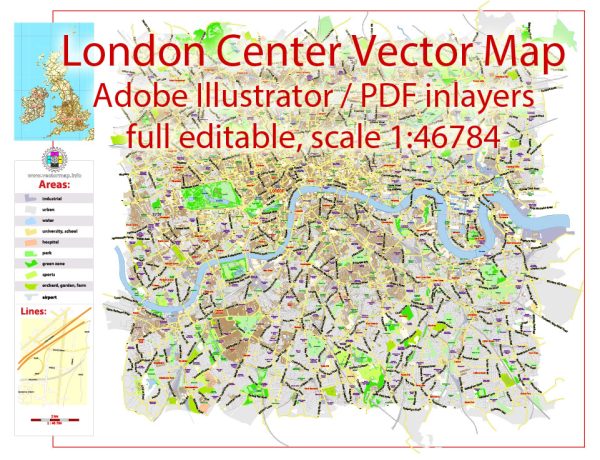
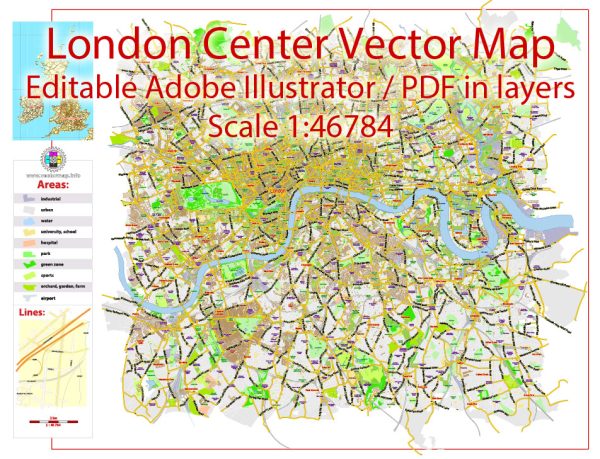
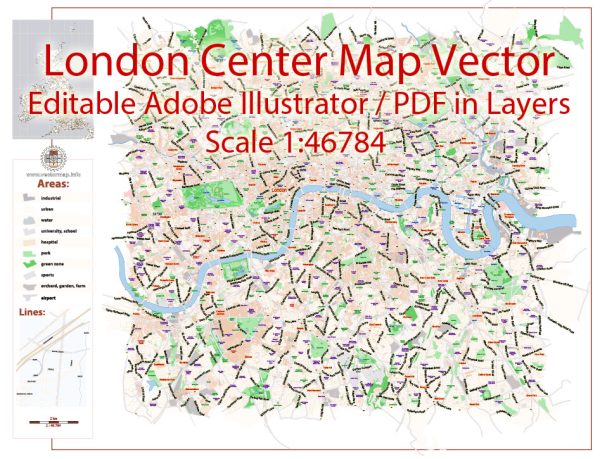
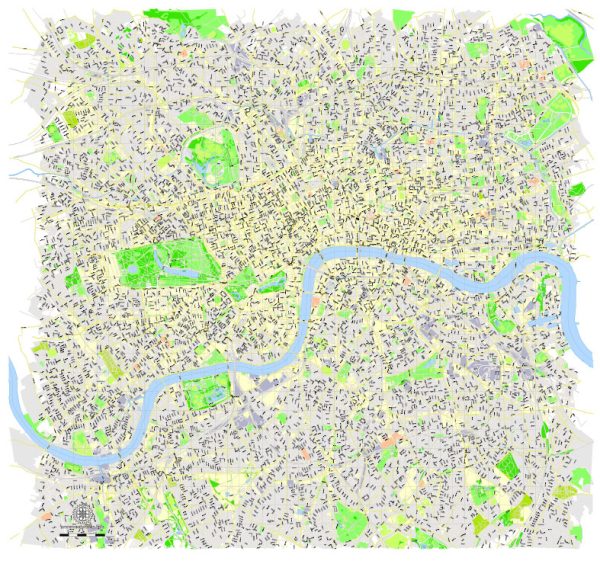
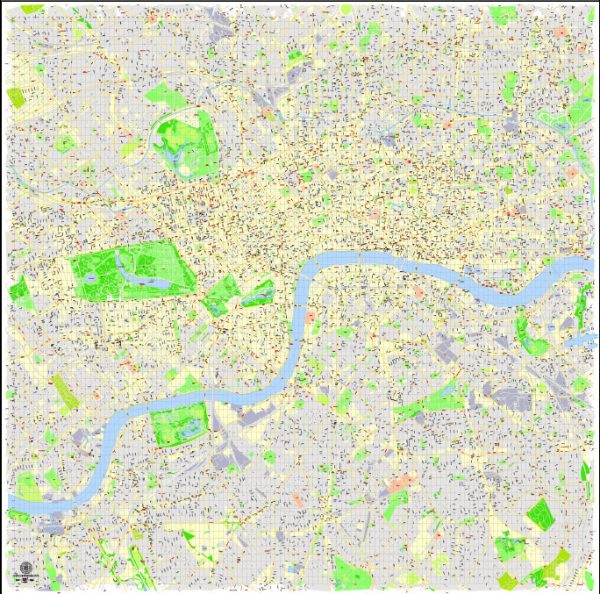
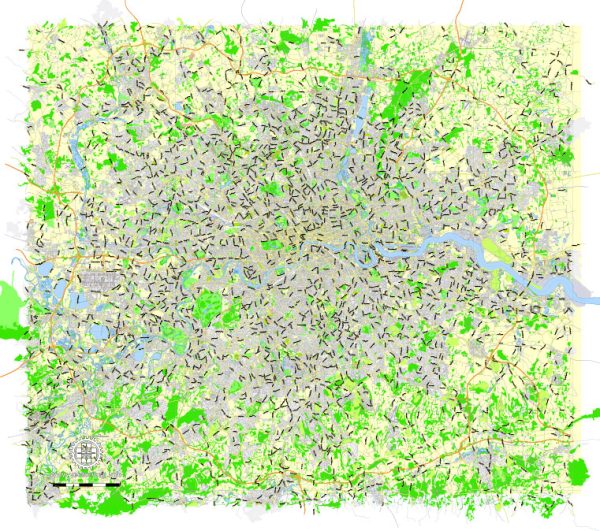
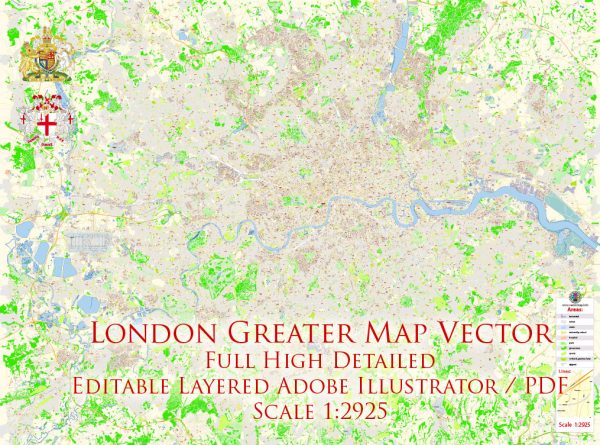
 Author: Kirill Shrayber, Ph.D.
Author: Kirill Shrayber, Ph.D.